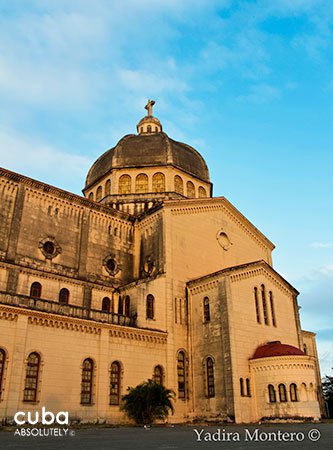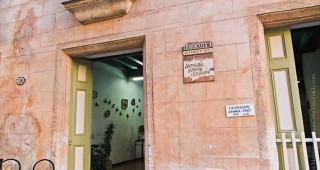
Opened in 1953, this is Cuba’s second largest church, which is visible for several blocks due to its vast dome built in Roman-Byzantine style. The Jesús de Miramar church boasts 14 large mural paintings by Cesareo Marciano Hombrados y de Onativia. In one station, the artist portrayed himself as one of the executioners disrobing Jesus; and in another he used his wife, Sara Margarita Fernández, as the model for Virgin Mary. Curiously enough, most of the people who paid for these murals were included in the crowd scenes. In the garden there is a 1.8-meter-tall sculpture made of Carrara marble, a copy of the Virgin of Our Lady of Lourdes.
Inside, 14 large paintings of the Stations of the Cross by Spanish artist César Hombrados enhance the solemn atmosphere. In one station the artist portrays himself as one of the executioners derobing Jesus; in another his wife is shown as the Virgin Mary. Outside is the 1.8mtall Lady of Lourdes grotto, made of Carrara marble.



 Eclectic
Eclectic








